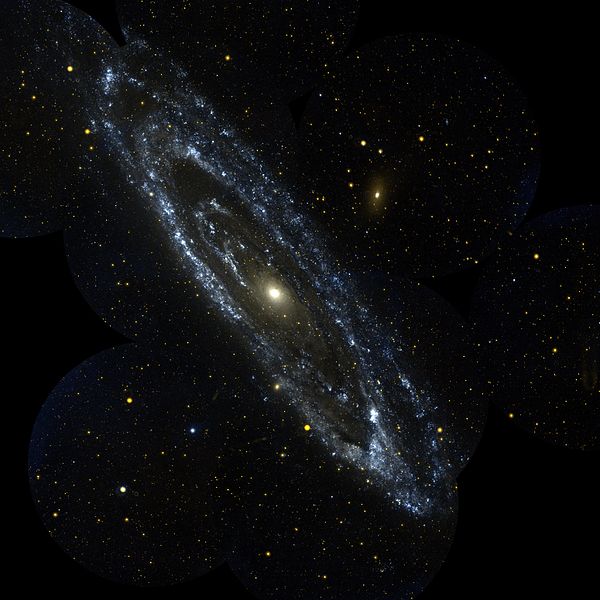
(Public Domain image from JPL, the Jet Propulsion Laboratory)
Here are a couple of passages from Gerald L. Schroeder’s God According to God: A Scientist Discovers We’ve Been Wrong About God All Along (New York: HarperOne, 2009):
In the passage immediately below, Schroeder, an American living in Jerusalem who was trained in physics and planetary science at MIT, offers a basic initial checklist for life-friendly planets:
The shape of our galaxy turns out to be highly skewed toward fitness for life. There are spherical, spiral, and elliptical galaxies, star clusters, small and large, and colliding galaxies. Spiral fits the needs. The others are marginal at best, as we shall see. Then there’s the parent star’s location within the galaxy: near the center or farther out? Is the star embedded within a spiral arm or between the arms? For life we need planets circling the star. How far from the star are they? Close enough for the star’s radiant warmth to keep water liquid, but not so close that the water boils away. And which of the ninety-two elements are present? This varies greatly among stars. And then there is concern for the planet’s water content, continental drift, tectonics and mountain chains, dry land and oceans. All are critical as life-sustaining factors. Does it have a large moon; one or more giant planets in the outer system, but no giant inner planets; strong enough gravity to retain an oxygen-rich atmosphere but not so strong as to hold lighter toxic gases; a nearly circular planetary orbit; moderately rapid planet rotation; and stabiliity and tilt of the rotational axis? The list goes on, and each aspect plays an essential role in the construction of a region fit for life. The jargon in the trade is the “habitable zone.” Creating a habitable zone around a star is not a trivial task. (59)
I’ve actually presented some of Schroeder’s arguments, suggestions, or conclusions on many of these questions in previous blog entries.
He rather likes the galaxy in which we live:
Our galaxy, the Milky Way, is one of approximately a hundred billion galaxies in the visible universe. Its stars form a spiral. Spherical, elliptical, irregular, globular, and colliding galaxies also populate our vast universe. Spiral is what we want. The other configurations are populated with stars that are either mostly too young, and hence have too low a concentration of the elements necessary for life, or too densely packed with adjacent stars, and as a result are too often bombarded with life-threatening radiation from those neighboring stars. (59-60)
When I was young, I was taught that there is nothing unusual about Earth. It’s just a common, run-of-the-mill planet orbiting a common, run-of-the-mill star, in a common, run-of-the-mill galaxy. Move along, folks. There nothing here to see.
I was taught falsehoods.












